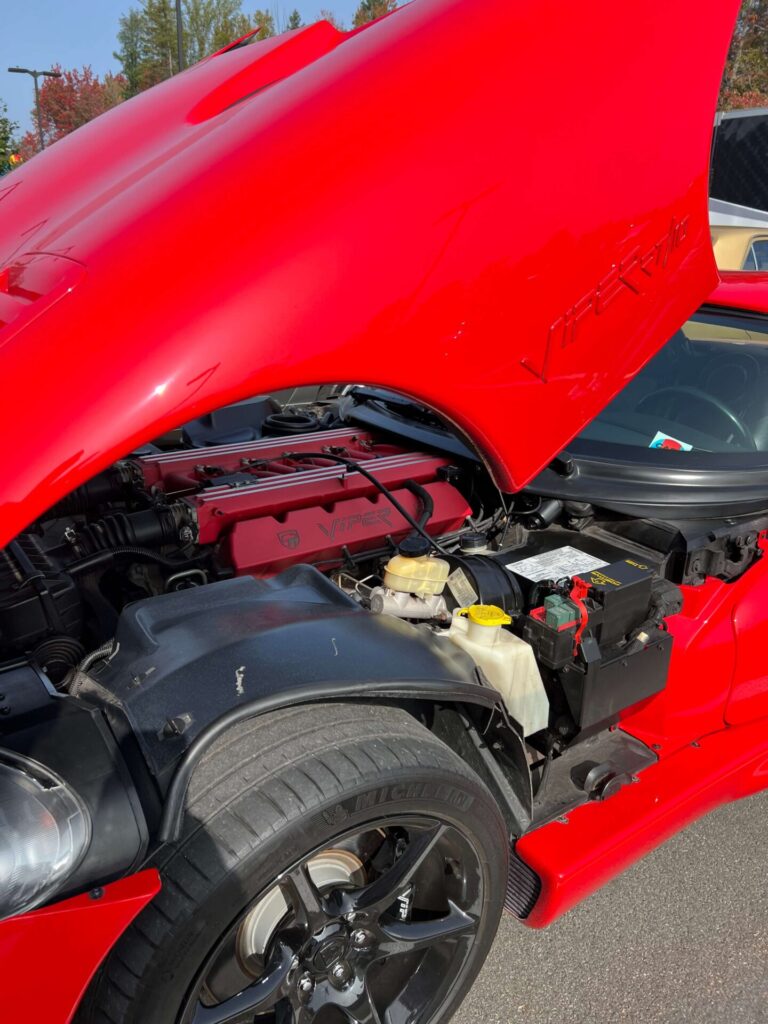The Automotive Dream “One man and his dream had not simply left the world with an engine and four wheels; Henry Ford and his Model T had influenced people's everyday lives - where they lived, how they spent their leisure time, even how they viewed themselves.” - Gary...
Electricity, Steam or Petrol Engines
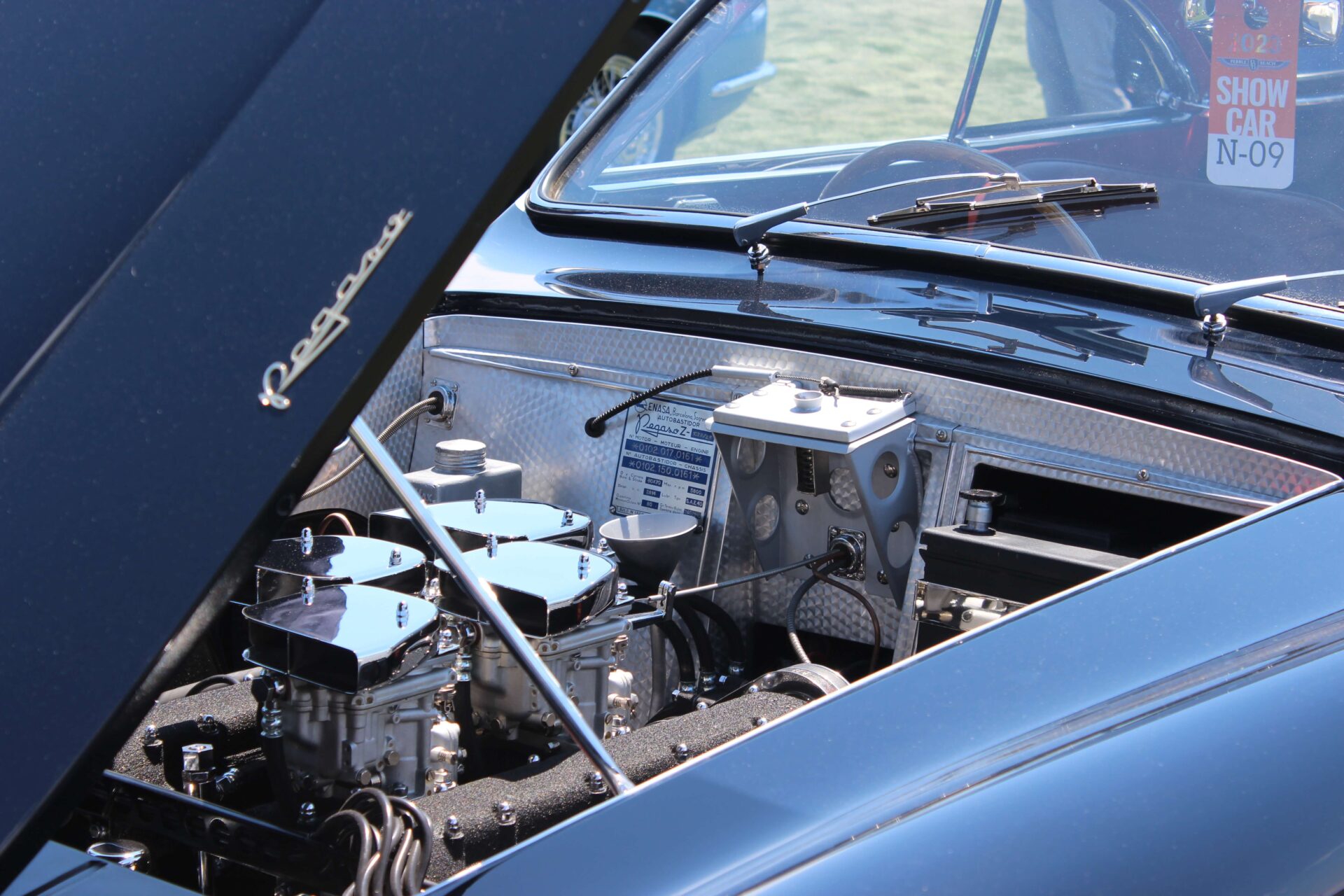
Photo taken at the 2023 Pebble Beach Concours d'Elegance
Recent posts
Lagonda 16/80 Special Six 1933
English Touring The car we present to you this week is the Lagonda 16/80 Special Six in the Demers Car Collection. Lagonda was a luxury British car brand that Aston Martin eventually absorbed. Through its association with Aston Martin, it is sometimes hard to remember...
An Introduction to Lagonda
Before Aston Martin “The history of Lagonda cars is synonymous with sophistication, opulence, and groundbreaking performance” - An article for Discovery UK Today, we may recognize the name Lagonda from its association with Aston Martin. Before these two brands...
Cadillac Model A 1903
The Standard of the World “No other American car on the market in the first decade of the century was constructed to higher standards than Cadillac.” - Stephen W. Sears in The Automobile in America Some of you may know that Cadillac has long had the slogan “Standard...
What Powers the Heart of the Automobile?
“The first car to go a mile a minute was an electric; the first to go two miles a minute was a steamer. In the early years of this century electrics and steamers far outsold the cantankerous petrol-engined cars.” – Ralph Stein in The Automobile Book
When humans first started to think of making self-propelled vehicles, gasoline wasn’t the power source of choice. The first cars were powered by steam and electricity. It would require much innovation and scientific discoveries for explosion-petrol engines to become the dominant power source for automobiles. Keep reading to learn more about the first cars to be powered by steam, electricity and petrol and why petrol came to be the energy source of choice.
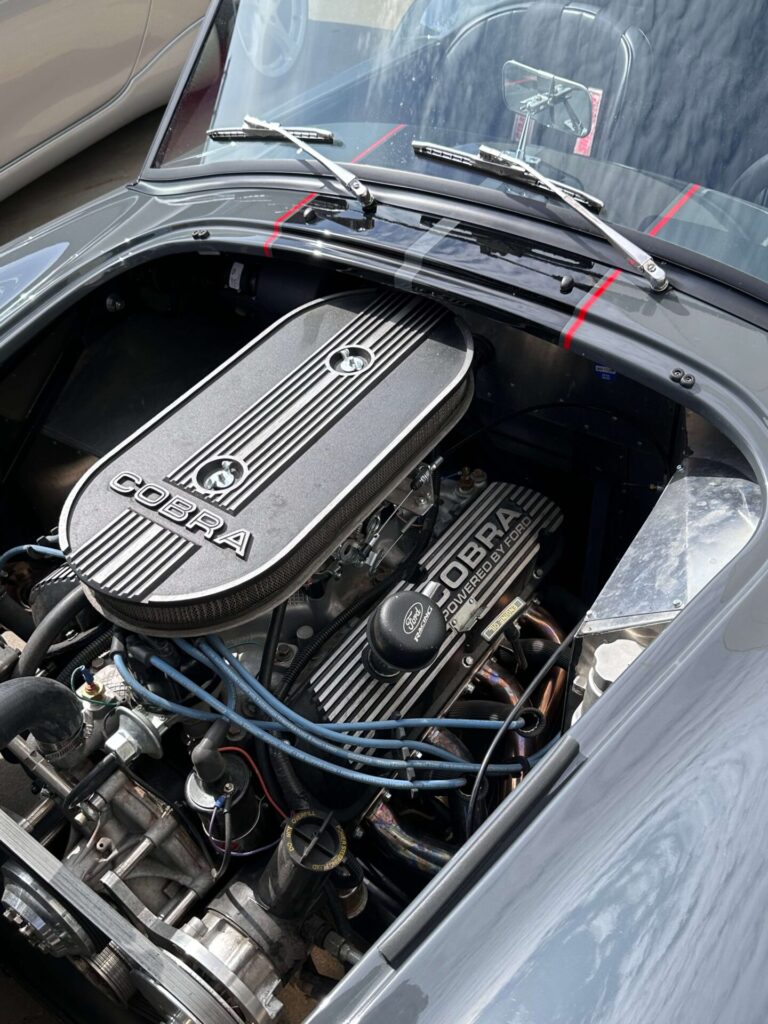
Steam Engines
“Easiest car in the world to drive, though. No clutch, no shift, no nothing. But even so, they made you have a locomotive engineer’s license to drive one.” – Ralph Stein in The Automobile Book discussing driving a Stanley Steamer
French inventor Nicolas-Joseph Cugnot is largely believed to be the creator of the first self-propelled vehicle. In the 1700s, much enthusiasm was given to the mastery of steam. Coupled with human ingenuity, it could activate machines that simplified human lives. It appeared logical that steam could also be used to power personal passenger cars.
With the support of Duque de Choiseul, Cugnot invented and produced a steam-powered land locomotive. He built a large locomotive, powered by a steam engine, that could travel on land without the need for animal power. First intended as a flatbed to transport heavy cannons for military purposes, his prototype drove around in 1769. This contraption was very large, very heavy (about 5 tons) and very impractical. It was only capable of movement for about fifteen minutes before the boiler had to be cooled down, filled up and heated again for further movement. The land locomotive was difficult to maneuver and crashed into a wall on its maiden voyage frightening many people.

Cugnot’s second prototype, which he finished in 1771, met equally disastrous ends. After its use on the street, Cugnot was arrested and the machine was impounded. Although the French inventor kept experimenting with steam engines, none of his inventions became popular tools of self-locomotion.
Others have also made attempts at making steam-powered cars. Notably, in the United States, the Stanley Steamer offered a viable private, passenger car and sold over 11,000 steam-powered vehicles over 34 years. Likewise, public services, like the Boston Fire Department, found steam-powered vehicles useful to replace horses. However, it is on railroads that steam engines really revolutionized the world of locomotion in the 1800s and their use eventually faded away.
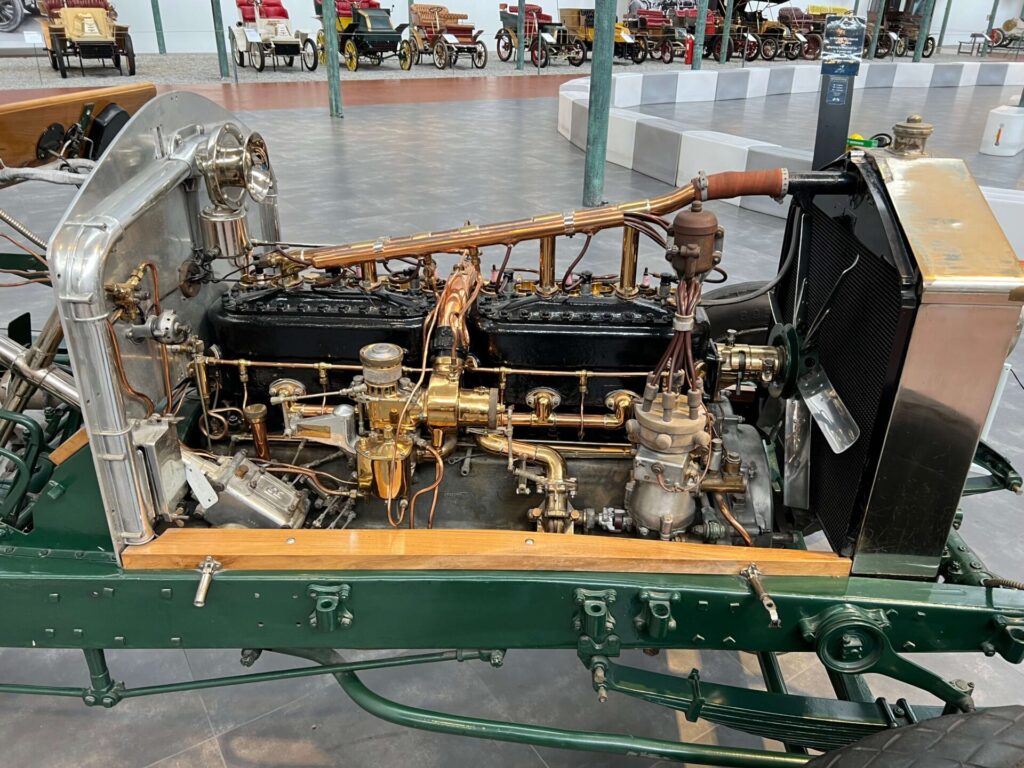
Electric Engines
“The trouble with electrics was that you could, if you wanted to, go quite fast for a very short distance, or very slowly for a slightly longer distance.” – Ralph Stein in The Automobile Book
In recent years, there has been a lot of buzz around electric cars. In the early days, electricity also seemed to be the most reliable and simplest power source for automobiles. The electric car evolved from a battery-powered trolley car made in 1839. This first vehicle had un-rechargeable batteries. It would take the perfecting of rechargeable batteries in 1881 to inspire some to make electric cars. Bostonian Fred M Kimball made the first American electric car in 1888.
From the turn of the twentieth century until the outbreak of the First World War, electric vehicles improved in speed and range. Some would argue that electric cars were also the most elegant ones on the road. They were easy to start and didn’t require the much dreaded hand-cranking that petrol cars needed to start. They were especially liked by “lady drivers” and included interesting seating arrangements. Some electric cars had front seats facing the rear of the car to encourage conversation. Battery-powered engines also powered public vehicles, trucks and tractors.
In the early days of the automobile, electric cars were fairly common at any car salon, race or rally. They were easy to operate, less noisy than petrol cars and less polluting. At one point, about a century ago, there was even a movement in the United States to install recharging stations across the country!
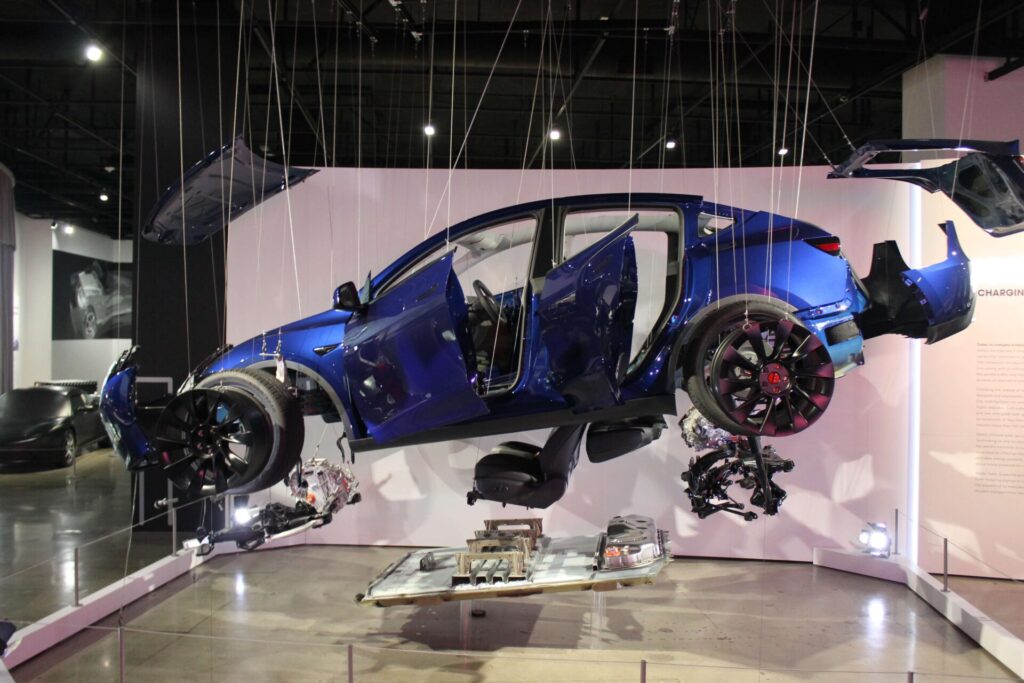
Petrol Engines
“Gasoline – seemed worthless. It was highly explosive when vaporized, difficult to store and handle, and had no practical use.” – Ralph Stein in The Automobile Book
In the second half of the 1800s, many inventors around the world worked on the idea of harnessing the power of gas combustion in the form of an engine. Many credit Jean-Joseph Etienne Lenoir as the engineer of the first truly usable internal combustion engine that he patented in France in 1860. Petrol engines’ potential as a power source for the new obsession, the automobile, was just one amongst many of their other commercial uses.
The first petrol-powered passenger car is largely accepted to be the 1886 Benz Patent Motorwaggen. However, Karl Benz was not the only one working on petrol-powered cars. Notably, at about the same time, Gottlieb Daimler was also producing his first car. While Benz’s was a purpose-built vehicle, Daimler attached his engine to a horse carriage.
Early petrol cars were very complex contraptions and you almost needed to be an engineer and a mechanic yourself to drive one. Much innovation was yet to come before the petrol car could be widely adopted.
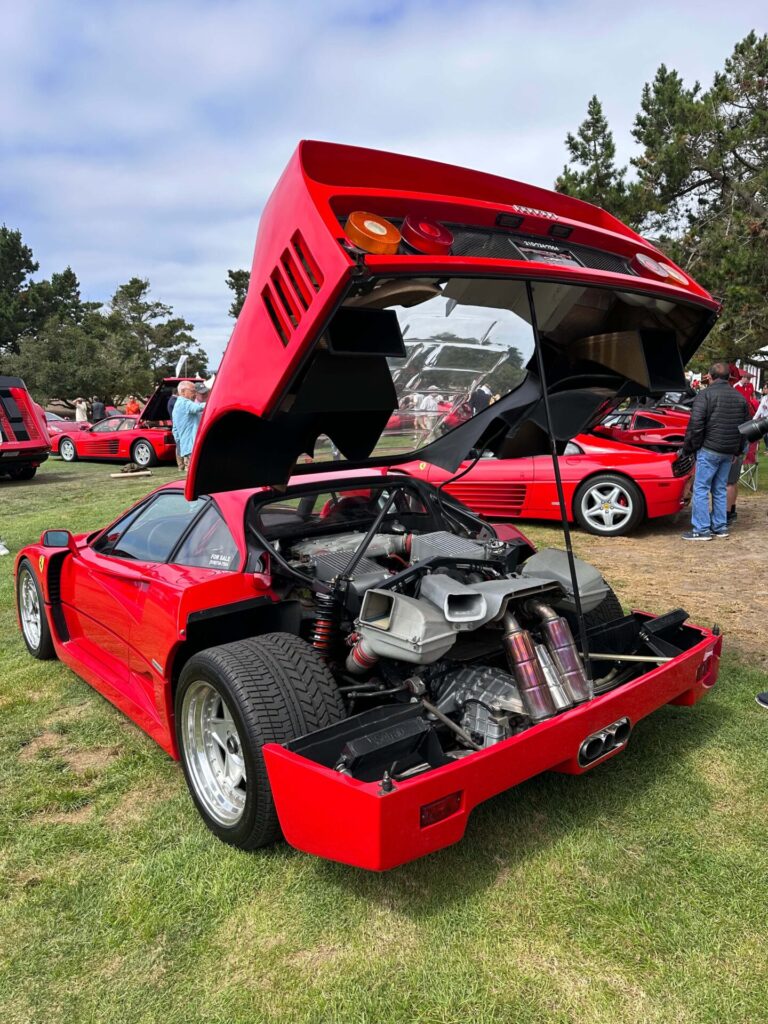
Why Did Petrol Stick While Other Power Sources Faded?
“Steam cars disappeared because nobody bothered to make them any more, the demand being virtually non-existent and their method of construction utterly uneconomic.” – Ralph Stein in The Automobile Book
The End of Steam
Steam-powered road cars were doomed to fail. Their slim advantages of being quiet and offering a smoother ride did not overcome their disadvantages. Steam engines needed to build steam pressure to be ready to use. So, you had to start the fire under the boiler a good 15 to 30 minutes before you wanted to use the car so that pressure could build up. Apart from some outliers, by the mid-1920s most steam cars weren’t produced anymore.
The End of Electricity
Electric cars were good contenders, clean, quiet and easy, but they were restricted (like electric cars today) by the limited capacity of batteries. Around 1910, electric cars could be expected to drive 50 miles at about 20 mph. The driver would then encounter the problem of recharging the battery. Like today, expensive chargers had to be installed by owners of electric vehicles to be able to charge their own cars. Plus, batteries spent much of their power to move their own heavyweight. And batteries didn’t last as long as the car would, they had to be replaced about every three years. Like the steam car, the electric car pretty much disappeared by the mid-1920s until its resurgence in recent years.
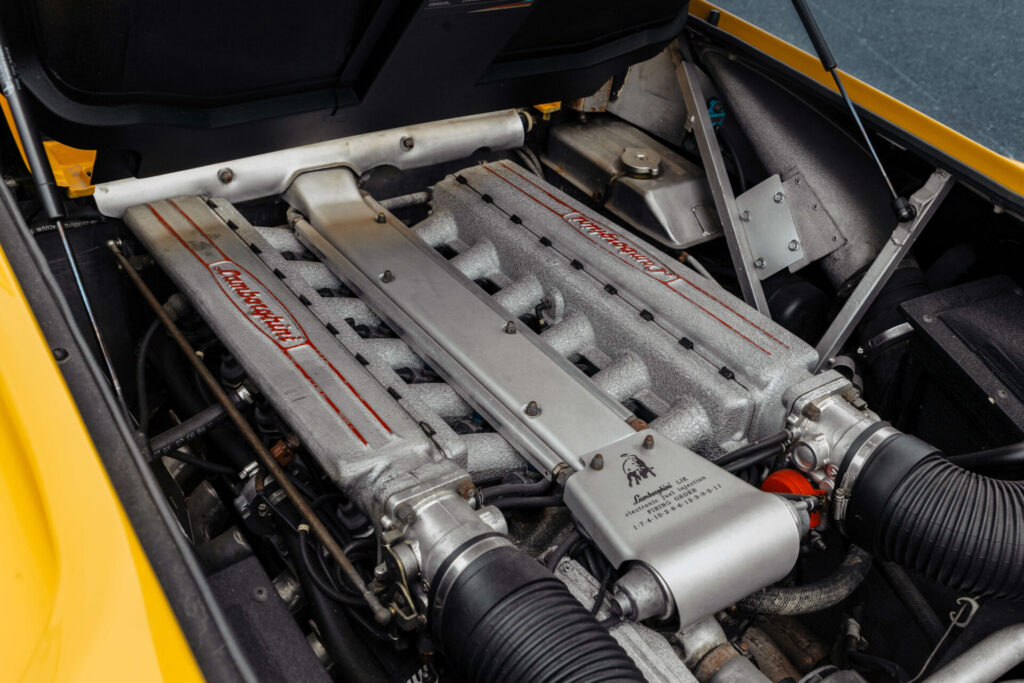
The Enduring Power of Petrol
Early critics of the petrol car did not believe it had a future and compared it to the failure of early steam-powered vehicles. However, early petrol cars had some marked advantages: they could start easily and weren’t limited by range. Early petrol cars evolved quickly with a rapid pace of innovation. The result was their simplification and increased performance and speed. The introduction of the self-starter on petrol cars also made them less frightening to women, which pretty much removed the electric car’s advantage over the petrol car. As early as 1904, the favoring of combustion engine vehicles can be observed at the Salon de Paris where only 9 and 6 cars are powered by steam and electricity respectively while 297 are petrol-powered.
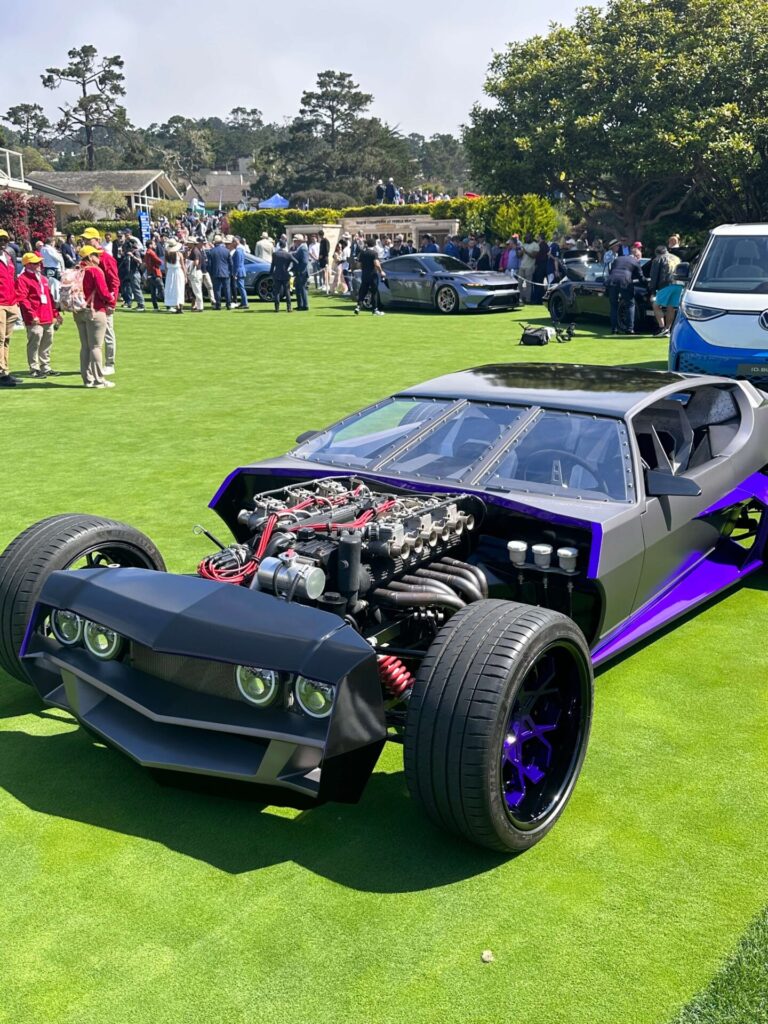
What Now?
Once petrol engines became the focus of innovation, a race to make ever more powerful cars ensued. Speed and power increases were attained in various ways, one of which was the increase of cylinders. Don’t miss next week’s blog where we talk about the Cadillac V16, the first car to have a 16-cylinder engine.
